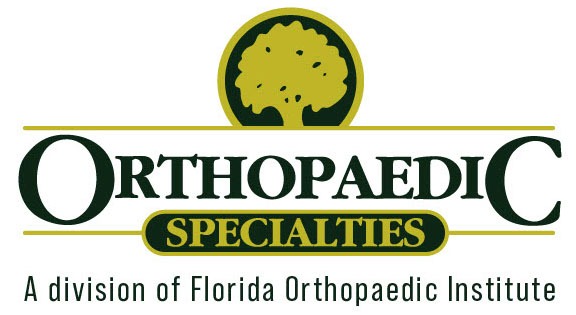Herniated Disc
A herniated disc, sometimes called a slipped or ruptured disk, is a common source of neck, lower back, arm or leg pain that comes from damage to the spine’s intervertebral discs. Intervertebral discs are soft, gel-like cushions between the vertebrae. The discs absorb pressure and keep the vertebrae from rubbing against each other. A disc herniates when the strong outer fibers of the discs are damaged and the inner jellylike material ruptures or leaks through the damaged outer fibers.
In a herniated or ruptured disc, the inner material can actually erupt into the spinal canal and cause pressure on the nerves in the spinal canal. In addition, the material may cause a chemical irritation of the nerve roots.
If a disc only bulges and does not actually rupture or break apart, it is called a bulging disc. In this case, some of the inner material of the disc causes the disc to bulge out from between the vertebrae.
What causes a herniated disc?
There are several reasons a disc may rupture, including:
- Disc degeneration: Degeneration is normal wear and tear that occurs with aging. The degeneration makes a disc more likely to rupture under smaller amounts of pressure.
- Traumatic injury: Sudden injury that causes too much pressure all at once may cause tiny tears or crack in the outer layer of the disc. Examples of traumatic injury include falling from a ladder and landing in a sitting position or bending over and jerking to lift something that is too heavy.
- Repeated injury: Activities that are done repeatedly over time, such as poor lifting habits, prolonged exposure to vibration from machinery or sports-related injuries, gradually weaken the outer layer of the disc, making it more susceptible to herniation
What are the symptoms of a herniated disc?
Symptoms vary greatly, depending upon the position of the herniated disc and the size of the herniation. In fact, if the rupture is not pressing on a nerve, there may be no pain at all or only a backache.
If material has ruptured into the spinal canal, there may be pressure on the nerves. The material also may cause a chemical irritation of the nerve roots. The result can be pain, weakness, tingling and/or numbness in the area of the body where the nerve usually goes. Sometimes there is no backache at all, just pain in another part of the body.
For example, if the herniation is in the lower back, the sciatica nerve may be affected. In this case, pain travels through the buttocks and down a leg. If the herniation is in the upper part of the lower spine near the ends of the lowest ribs, pain may develop in the front of the thigh. If the herniation is in the neck, there may be pain or numbness in the shoulders, arms or chest.
How is a herniated disc treated?
Treatment depends on a herniated disc’s symptoms. Depending on the size and severity of symptoms and the normal activities of the individual, not all herniated discs require surgical intervention. In fact, symptoms sometimes go away over several weeks or months as a herniated disc heals on its own.
Non-surgical options
Once a herniated disc has been diagnosed, the physician will first prescribe conservative, non-surgical management of the problem. Those treatments usually include the following:
- Pain medication: Over-the-counter pain relievers, prescription anti-inflammatory medications, muscle relaxants, and some narcotic medications may be prescribed, depending upon the level of pain.
- Physical therapy: Carefully controlled exercises to strengthen the muscles supporting the area of herniation, possibly including neck, back and abdominal muscles, may be used. A patient also may be instructed about how to properly lift, stand and sit to lessen irritation and further problems.
- Rest: In some cases, decreased activity is prescribed.
- Epidural Steroid Injection (ESI): This injection is used to help reduce severe pain if other conservative treatments do not provide relief. The shots are given on an outpatient basis.
Surgical options
Although the majority of herniated discs do not require surgical intervention, sometimes the pain and resulting disability are so severe that surgery is the only option.
The traditional way of treating the herniated disc is to perform a laminotomy and discectomy. In this procedure, an incision is made over the area of the herniated disc to reach the affected area of the spine. The surgeon then examines the intervertebral disc and removes the disc material that has moved into the spinal canal. The surgeon also removes any material still inside the disc to keep it from leaking out after the operation. The surgeon then closes the incision.
Another surgical option is the microdiscectomy. In this procedure, a much smaller incision is used, and the surgeon uses special instruments and a microscope to complete the removal of the disc’s ruptured material. The smaller incision generally means the patient recovers faster because the incision area is smaller and less of the spine surrounding the disc is damaged.
The pain that occurs after surgery, as after any surgery, can be relieved with pain medication. Patients sometimes feel continued pain after the surgery. This pain normally lessens as the spine heals.
Most patients get up and walk the day after surgery under the guidance of medical personnel. The average hospital stay can be up to three days, depending upon individual circumstances.
Before leaving the hospital, a patient will be given specific instructions about wound care and which activities to avoid while the body heals from the surgery.
